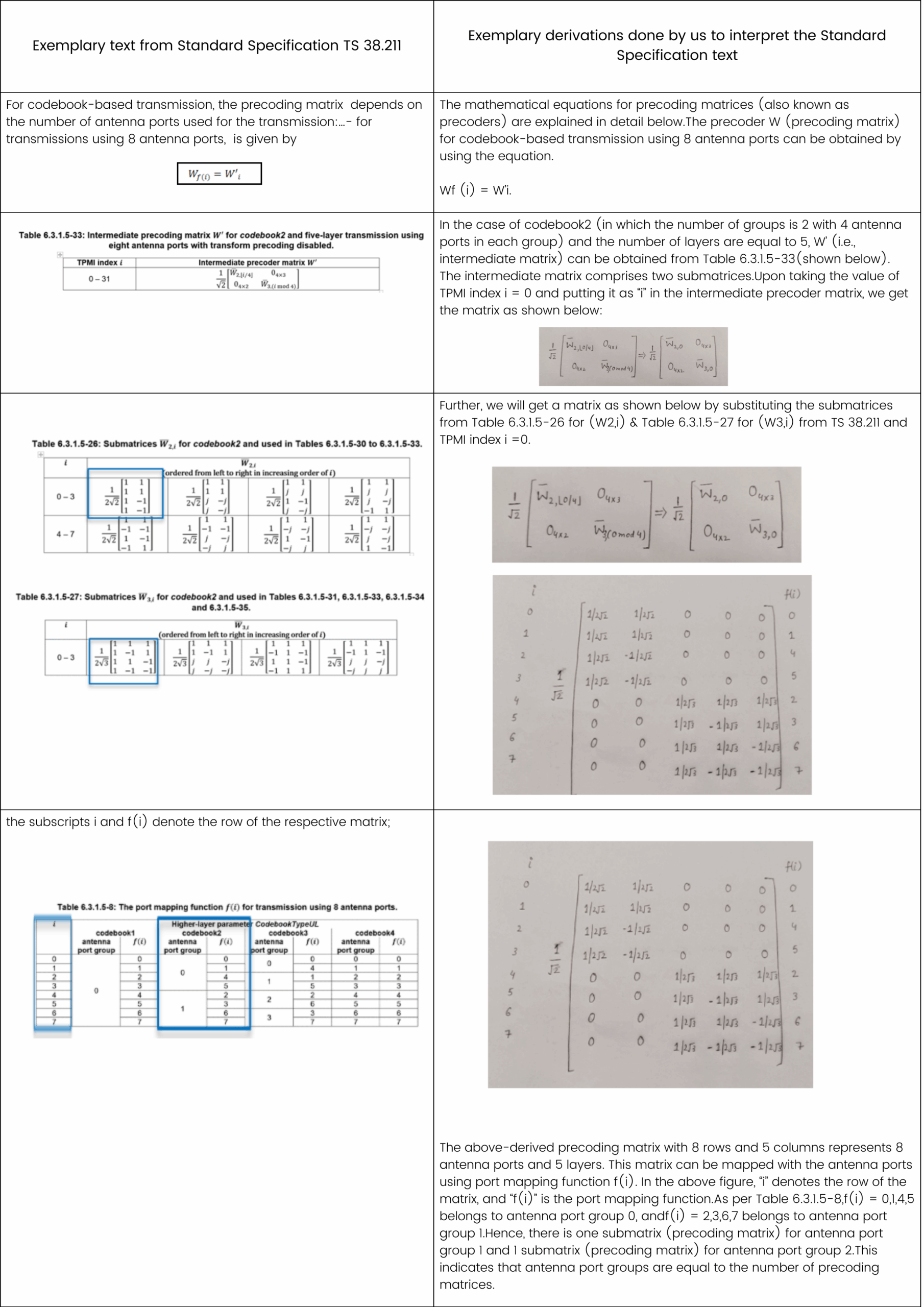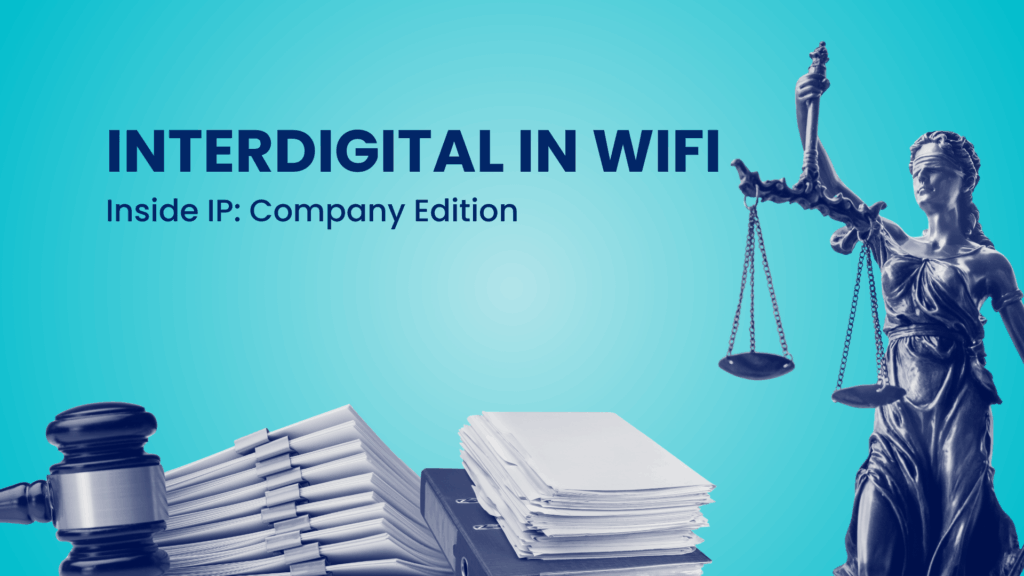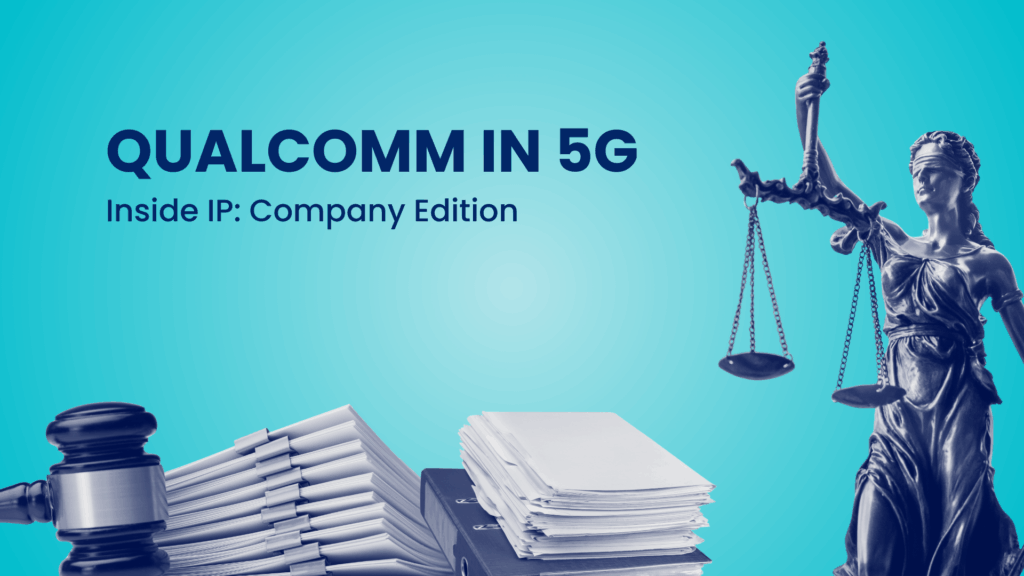When assessing a patent for its Standard Essential Patent (SEP) potential, the real challenge lies in the complexities of the claims loaded with technical details. While most patents appear to map easily to standards, abstract mathematical constructs or intricate claim language can make even seemingly straightforward patents difficult to evaluate. A recent 5G patent monetization project focused on evaluating US10XXX323B2. It began with a simple question by the client:
“Can this patent be considered a million-dollar asset?”
On the surface, the patent’s claims seemed to cover antenna configurations and precoding matrices—technical elements critical to 5G technologies. However, these claims did not directly tie to the 5G standards, and that was where the problem began. The case required a more detailed and careful approach compared to standard patent evaluations.
Our SEP experts carefully analyzed the complex claims, mapped them to the 5G standard, and validated them as potential SEPs through a structured, step-by-step process.

Initial Assessment Using SEP Toolbox
The preliminary analysis was conducted using GreyB’s proprietary AI-based SEP Toolbox. It identified strong alignment between the patent’s claim elements and key 5G NR specifications—namely, TS 38.211, TS 38.212, and TS 38.214. The overlap suggested that the patent had a potential connection to standard-compliant features.
Some elements were difficult to trace in the standard documentation because only equations were provided as pre-coding matrices, as explained below.
Claim 1
“…. the number of precoder(s) is equal to the number of antenna port groups……”
The claim in question was particularly challenging. It mentioned precoders and antenna port groups without clearly mapping them to specific standard clauses. The precoding matrix, which governs how data is organized for transmission across networks, was only provided in the 5G standard as abstract mathematical equations.
It was not in the form of clear, easily understandable descriptions one might expect in a patent claim.
Source: https://portal.3gpp.org/desktopmodules/Specifications/SpecificationDetails.aspx?specificationId=3213
Source: https://portal.3gpp.org/desktopmodules/Specifications/SpecificationDetails.aspx?specificationId=3213
Bridging the Gap: Matrix Derivation and Functional Mapping
The first step involved an exhaustive review of technical literature, engineering blogs, and wireless communications texts. The literature discussed the structure and derivation of precoding matrices. While these sources offered conceptual clarity, they were insufficient to conclusively map the matrices to antenna port groups as required by the claim.
This is where one of the experts took on the task of solving the equations and decoding the abstract matrices. Together with the engineering team, we analyzed the data and equations in great detail.
The breakthrough came when we looked closely at Table 6.3.1.4-26 from TS 38.211. This table contained the precoding matrices that we had to link to the patent’s claims.
It was a painful journey, but mapping the values from the standard to the patent’s claims helped us reconstruct the matrix. It featured 8 rows and 5 columns, representing 8 antenna ports and 5 transmission layers.
We had cracked the code. But the work wasn’t done yet. Now, we had to understand how these matrices connected to the antenna port groups. This concept was crucial to the patent’s claims. By applying a port mapping function, essentially, a mathematical formula that linked the matrix rows to specific antenna groups, we could finally make the connection clear.
To understand how this mapped onto antenna port groups, the port mapping function f(i) was applied. The “i” denotes the row of the matrix.
As per Table 6.3.1.5-8,
f(i) = 0,1,4,5 belongs to antenna port group 0, and
f(i) = 2,3,6,7 belongs to antenna port group 1.
Hence, there is one submatrix (precoding matrix) for antenna port group 1 and 1 submatrix (precoding matrix) for antenna port group 2. This discovery provided a concrete basis for claim-to-standard mapping, thereby supporting the argument that the patent aligns with the 5G standard.
The following section provides a deeper examination of how the relevant tables and equations from TS 38.211 were utilized to derive and validate this conclusion through standard-compliant derivations.

The Patent Turned into a Million-Dollar Asset
With the SEP status now firmly established, the client was able to move forward with confidence. They engaged their licensing team, who were now armed with clear evidence that the patent held significant licensing potential. The SEP validation also provided ammunition for negotiations, potentially leading to revenue-generating licensing agreements with key players in the telecom industry.
But it didn’t stop there. The client’s legal and portfolio management teams were now better positioned to identify other patents with similar potential. This enabled them to maximize the value of their entire telecom portfolio.
Explore or prove your patent’s SEP relevance across standards like 5G, Wi-Fi, or HEVC, by filling out the form below. Assess whether your patent holds untapped licensing value based on real standard mapping.
Declare Patents as 5G SEPs with Confidence
Fill the form to contact our SEP experts








